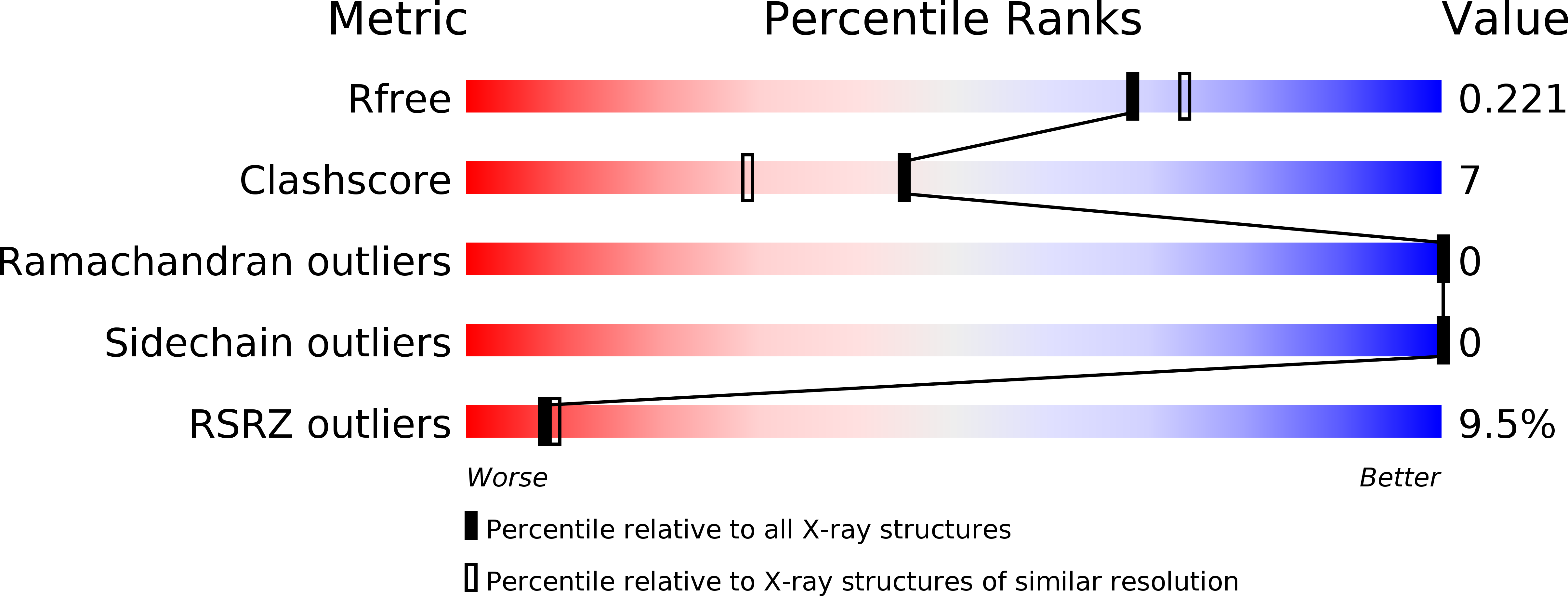
Deposition Date
2014-05-06
Release Date
2014-09-10
Last Version Date
2024-02-28
Entry Detail
PDB ID:
4QAZ
Keywords:
Title:
The crystal structure of the C-terminal domain of Ebola (Zaire) nucleoprotein
Biological Source:
Source Organism:
Ebola virus (Taxon ID: 128952)
Host Organism:
Method Details:
Experimental Method:
Resolution:
1.98 Å
R-Value Free:
0.22
R-Value Work:
0.18
R-Value Observed:
0.18
Space Group:
P 31 2 1


